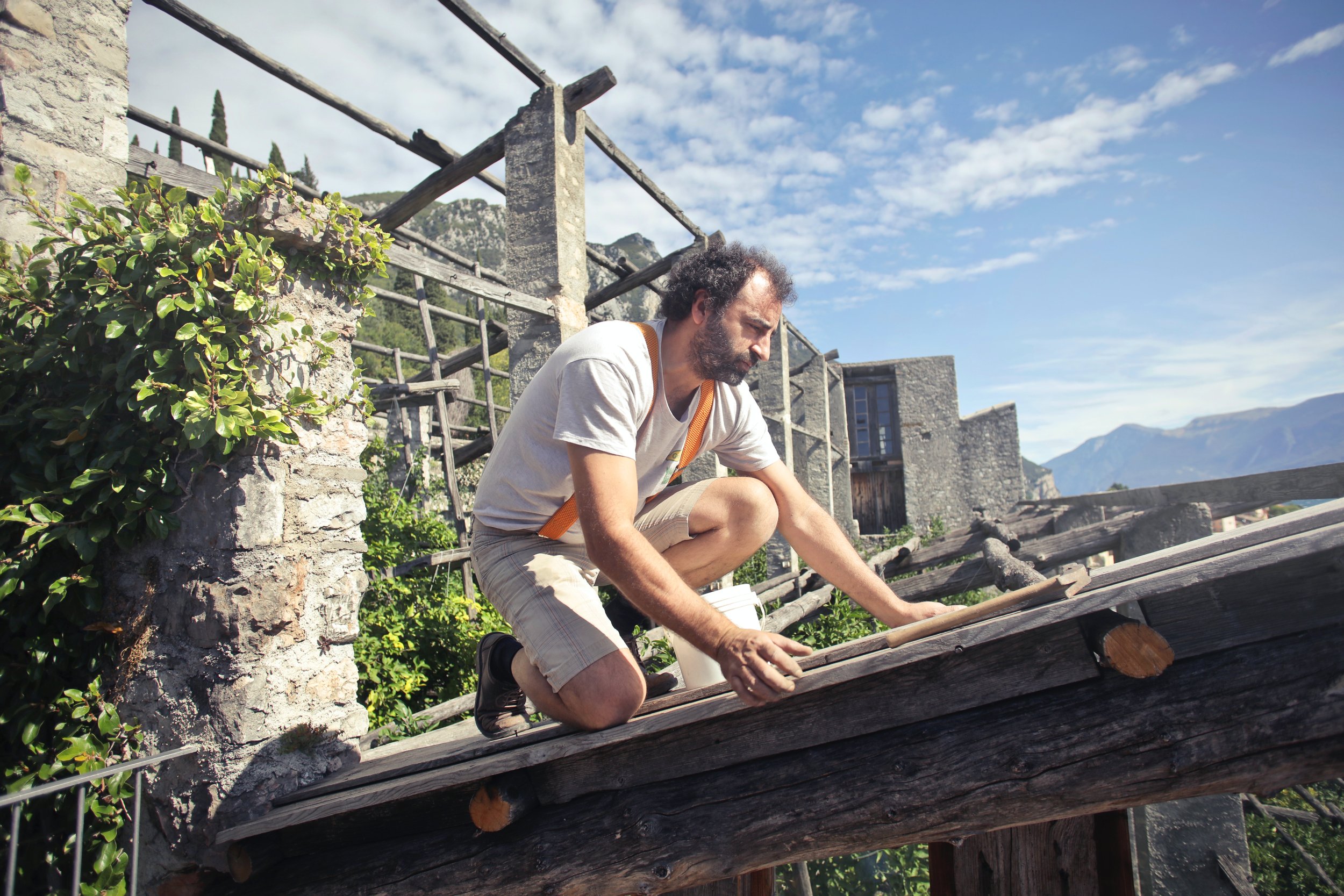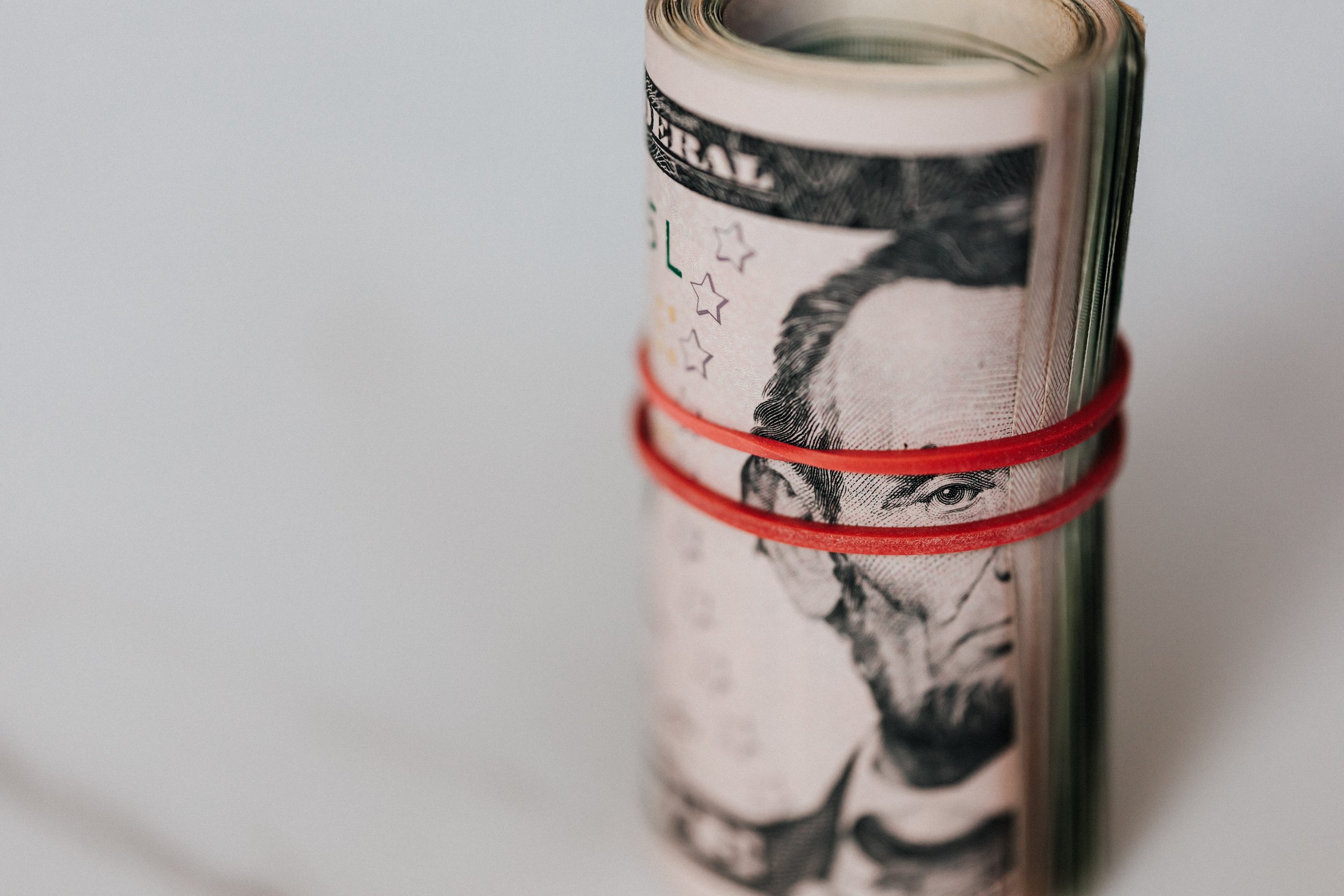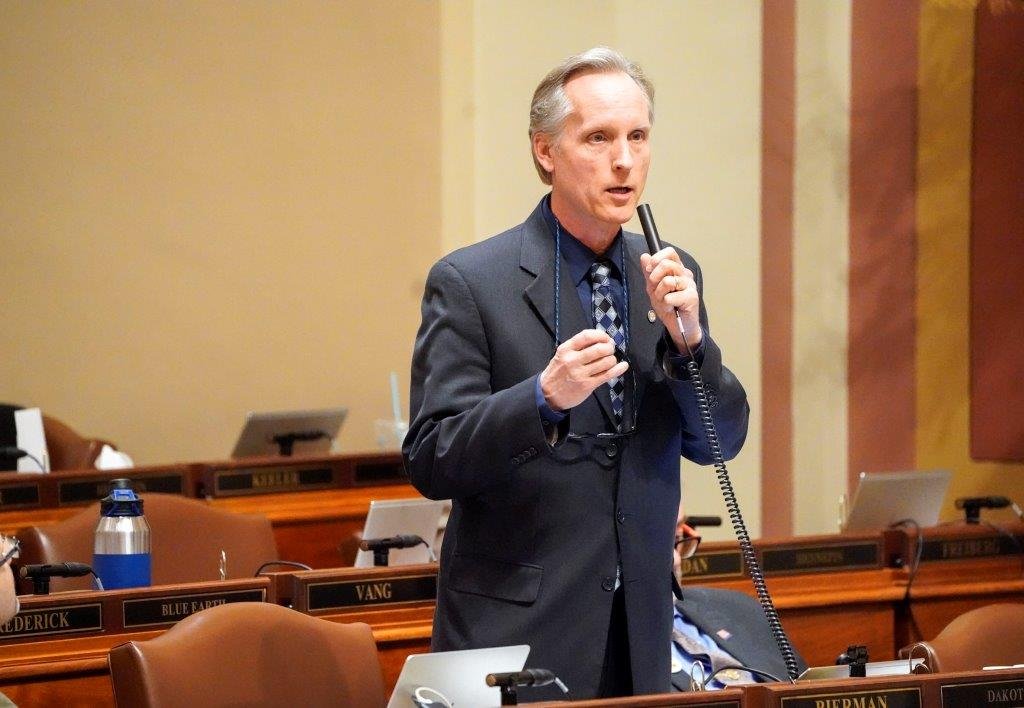Energy and Weatherization (7/11/2022)
Energy prices are volatile and many people are looking into alternative ways to save money on their energy bills. One effective way to do this is by weatherizing your house and your property.
What is Weatherization?
Weatherization is essentially protecting your house and property from the outdoor elements. In Minnesota, it can include ceiling air leaks, insulation, and furnace repairs. Insulating your house from these elements means that you can save up to 30 percent on your energy bills.
Weatherization saves money for both the consumer and the state. Weatherization programs create jobs. They also increase economic activity in counties where these weatherization upgrades are taking place.
So then, What is Pre-weatherization?
Pre-weatherization is just what it sounds like; repairs that need to be made prior to weatherization upgrades. These required repairs generally include things like asbestos and mold removal, window replacement and roof repair.
Weatherization Funding
The Federal Department of Energy provides funding to the states for low income families to weatherize their homes. The elderly, disabled, and families with young children are prioritized over others. About 50 percent of those who apply are immediately disqualified as a result of pre-weatherization repairs that need to be done on their homes first.
Of the 20 northern states that provide weatherization funding, Minnesota ranks 16th (that’s the bottom 25 percent for those of you who don’t love math). How it works is that the Department of Energy distributes money to states each year to award weatherization grants to low-income homeowners. The state, as of now, sporadically adds additional funds. At current funding levels it would take nearly 300 years to fulfill all the eligible requests for funding. Only 8-10 percent of those who qualify actually get any funding due to the significant need.
The Weatherization/Pre-Weatherization Bill
This past session (2021-22) I authored a weatherization bill. Pre-weatherization was a component of that bill. This funding would provide money for the required renovation on homes before the weatherization process. The biggest benefit of the bill is that deferrals of homes that do not qualify for weatherization would be reduced. The bill would also increase the number of trained weatherization professionals around the state - meaning it would literally create jobs.
The bill, when it passed the House, would have allocated an additional $60 million to the weatherization fund. Once it got through the Republican-held Senate, however, it only allocated an additional $16 million. Despite there being a deal on the weatherization bill, the omnibus bills did not pass at the end of session.
This sort of investment saves us all money. It creates jobs, reduces greenhouse gas emissions, conserves energy, and has bipartisan support. We will get back to work next year and get this done!
Look for our next blog July 24th!





